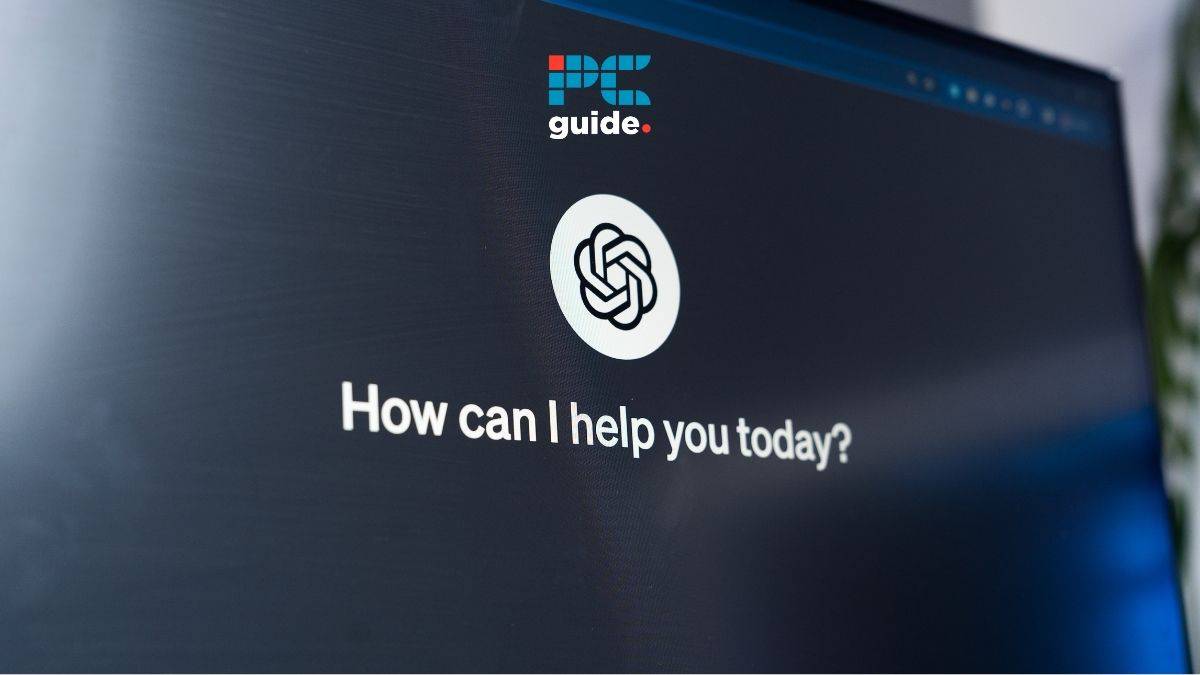What is a Neural Network?

Table of Contents
Neural networks don’t only exist within AI, but they are a fundamental piece of the artificial intelligence puzzle. Understanding what they are, and how they work, helps us understand what AI can do. Terms like machine learning and deep learning are often thrown around by those who don’t know the difference. There are several types of neural networks. However, before getting into recurrent neural networks (RNN), and convolutional neural networks (CNN), let’s start with the basics. So, what is a neural network?
What is a neural network?
A neural network is a pattern recognition circuit. The patterns they recognize are input/output pairs. In other words, which inputs correlate to desired outputs, and which correlate to undesired outputs? The neural network allows it to understand the relationship between these inputs, and develop behaviors that will allow it to produce a desired output when presented with input data it has never seen before.
This simplified definition applies to both biological neural networks (BNN), such as the human brain, as well as artificial neural networks (ANN), such as an AI model. The phrases ‘neural network’ and ‘artificial neural network’ are often used synonymously. However, the concept has existed in nature for far longer than it has existed in computers.
The most popular artificial neural network in the world is OpenAI’s GPT, which powers ChatGPT. OpenAI’s AI chatbot uses GPT-4, a multimodal AI model capable of natural language processing (NLP).

How does a neural network work?
What all neural networks have in common is their structure. They begin with an input layer (the stimuli) and end with an output layer (the output). In between these two points, there will be at least one ‘hidden’ layer. This is the simplest way to describe neural network architecture. If there is more than one hidden layer, it is called a deep neural network. This is where the AI does its ‘thinking’. Hidden layers are trained using training data; links between these layers will strengthen or weaken based on positive and negative reinforcement. The resulting set of hidden layers defines the behavior of the model, and this is what separates AI from other computer systems.
In other computer systems, you would code the behavior of the software in an attempt to produce the output you want. The flaw of this methodology is that it requires a lot of trial and error before the programmer necessarily knows that the behavior they have coded always results in a desired output. In contrast, a neural network will define the behavior required to achieve a desired output.
Model training – Supervised learning and feedback loops
Desirability is defined by the programmer (e.g. a labeled set of photographs, some tagged as ‘good’ and some tagged as ‘bad’ based on the human opinion of the programmer). The artificial intelligence of the neural network is the ability to find an ‘objective’ data-based correlation between these subjective opinions and use that opinion (now defined in its model weighting) to make decisions about new data.
The stimuli could be any of your senses in the case of a biological neural network. In the case of an artificial neural network, this would be your text prompt or input media. If the neural network is part of a generative AI model, then the output will be new data, such as a digital media file or set of instructions for other software. Otherwise, the output could be a discrete data point, such as a number or classification. This is true for discriminative AI models.
Other architectures
Besides convolutional neural networks (CNN), and recursive neural networks (RNN), there are many other terms to get familiar with. Feed-forward, linear regression, reinforcement learning, and long short-term memory are all good places to start for further reading into learning algorithms.
Essential AI Tools
How is AI like the human brain?
AI is similar to the human brain in that the former is modeled after the latter. Both use neural networks, only one is artificial and the other is biological. These neural networks work in very similar ways. After all, AI is the simulation of intelligence using computers.
In terms of architecture, we can liken the nodes of a neural network to the neurons of our own brain. These nodes are sometimes referred to as artificial neurons. Similarly, our synapse count is arguably the most comparable metric to the parameter count of an AI model.
For the best part of a century, computer science has allowed us to speed things up, make things more consistent, and remove the need for our own human memory. However, there are still many things that traditional computer systems can’t do. Creating music, theories, photographs, and such creative tasks are challenging (if not impossible) for normal computers. This is generally because there’s an element of subjectivity to them, and computers are very objective binary systems. The success criteria of these things are that a human will observe them with a subjective eye, and call them “good”.
The human brain can do this. Traditional computer systems can’t. AI is the endeavor to fill that gap, and that is how AI is like the human brain.
